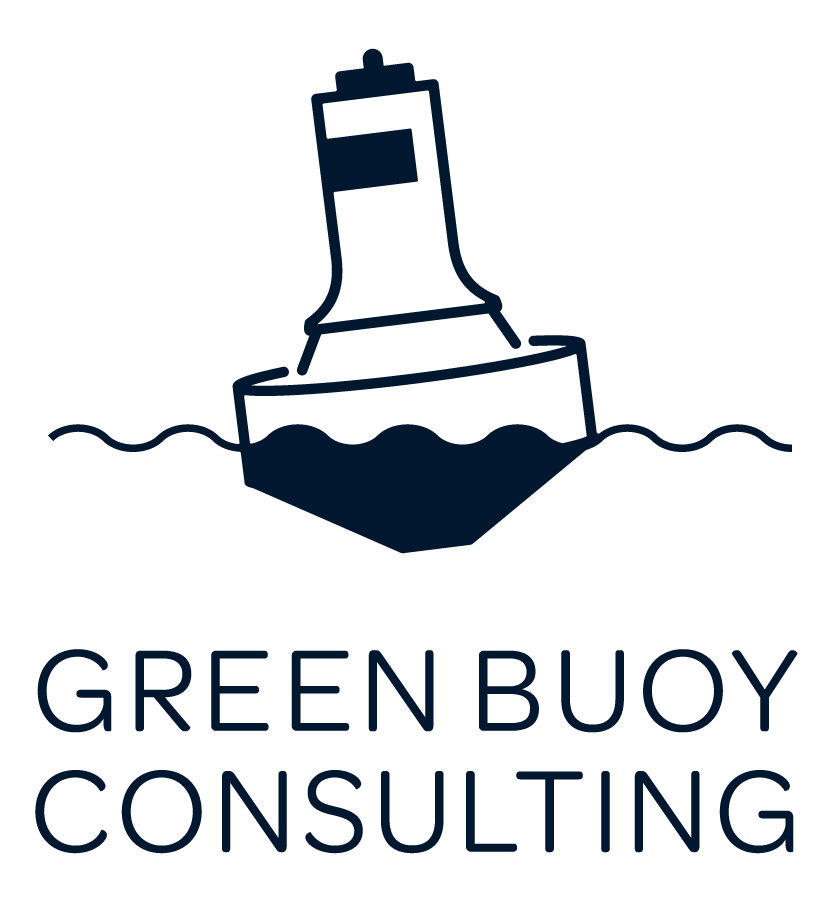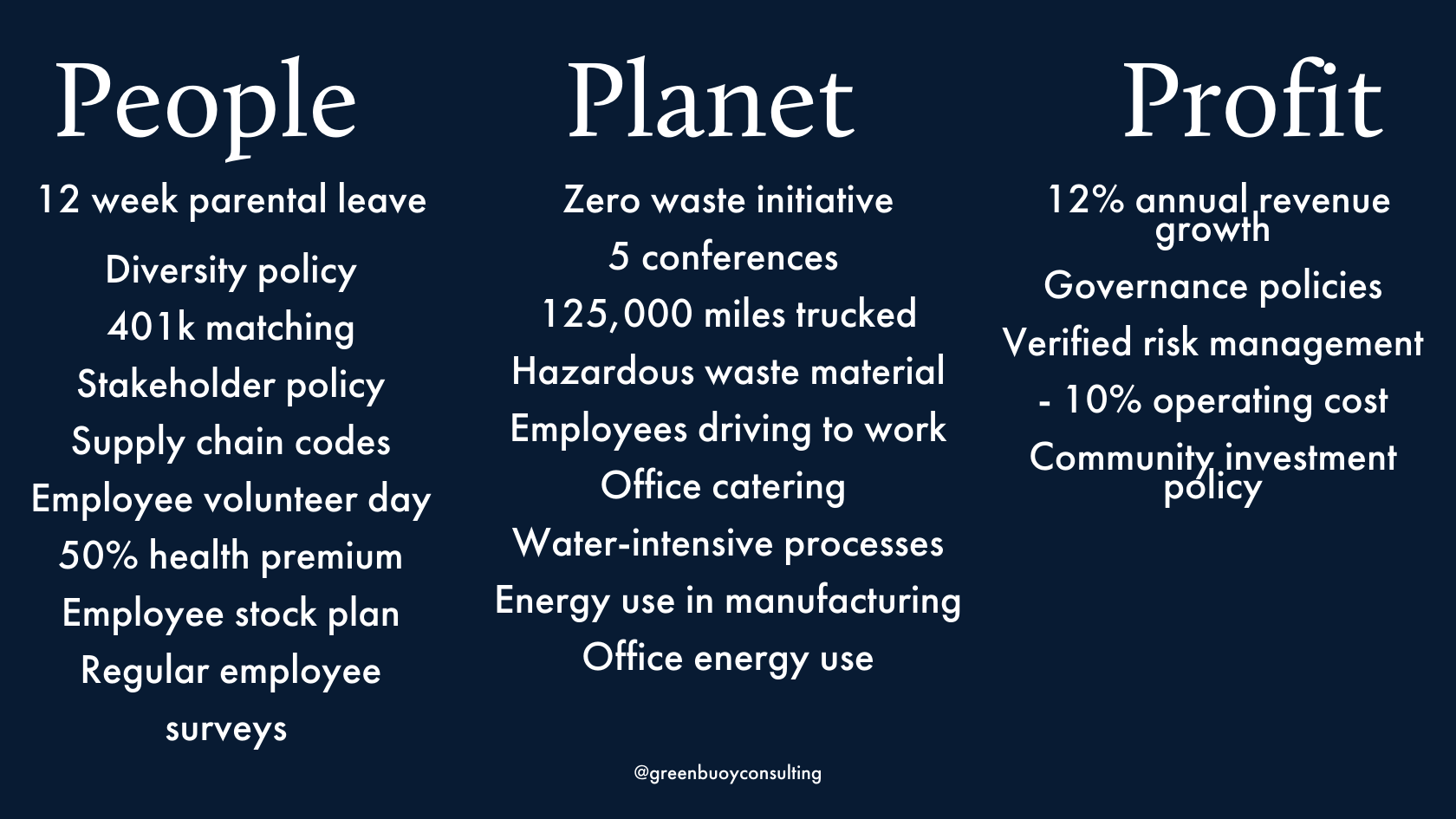How You Can Implement The Triple Bottom Line
Implementing the Triple Bottom Line (TBL) means your company is considering profit, people and the planet in its activities. Read on to learn about how to build it into your business and the benefits of including Triple Bottom Line thinking in your strategy.
Related: How to Improve “People” in Your Triple Bottom Line.
History and Definition of the Triple Bottom Line
Triple Bottom Line is a theory by John Elkington. Created in 1994, he described in 2018 as "the triple bottom line is a sustainability framework that examines a company's social, environment, and economic impact." The traditional "bottom line," infrastructure is pure profit. According to Investopedia, the "bottom line" is used to specify actions that increase or decrease overall profit.
The Triple Bottom Line, therefore, includes incorporating social, environmental and economic impacts that might affect a company, instead of using profit and economics as the driving force.
Related: Webinar Recap: 2025: A Changing ESG Landscape
People, Planet, Profit
TBL is sometimes referred to as "People, Planet, Profit." People determines how a company manages its employees and how its operations affect people.
Some examples of people include how a mine built in Brazil affects surrounding communities or what benefits a company offers employees.
Planet measures the environmental footprint of an organization. Items like energy use or waste footprint. Profit is the traditional method of profit and loss inside corporate accounting.
Actions like external investment or net income are profit.
Triple Bottom Line is not meant to discount profit, rather incorporate additional metrics into a company's overall health picture. A company must be financially healthy and successful for People and Planet to thrive. All three must work in tandem for a business to fulfill its Triple Bottom Line commitments.
Related: Consider B Corp Certification to Determine People, Planet, Profit
Elkington himself bemoans the radical idea of "The Triple Bottom Line" as long as it endures as an idea. To be successful, the Triple Bottom Line must be implemented.
“Elkington himself bemoans the radical idea of “The Triple Bottom Line” as long as it endures as an idea. To be successful, the Triple Bottom Line must be implemented. ”
In an HBR article from 2018, Elkington says, "To truly shift the needle, however, we need a new wave of TBL innovation and deployment. But even though my company, Volans, consults with companies on TBL implementation, frankly, I'm not sure it's going to be enough. Indeed, none of these sustainability frameworks will be enough, as long as they lack the suitable pace and scale — the necessary radical intent — needed to stop us all overshooting our planetary boundaries."
In short, a little less talk, a little more action. So, what can you do about TBL in your company?
Gather Your Actions
Take the framework of People, Planet, Profit and examine each one. Start by writing down all actions related to each of the three. Don't worry about "good or bad" just actions the company has in each of the three areas.
Related: Crafting a Comprehensive Corporate Sustainability Policy: A Step-by-Step Guide
To think of actions, evaluate by department. What goods or services do you sell? What are your main revenue drivers? What operations and processes work to fulfill your obligation to customers?
Here are some examples of Triple Bottom Line thinking in action.
Many of these can overlap with each other. Reduced operating costs are also good for the environment, as is risk management. That's ok! They are meant to be buttressed and intertwined.
A good TBL strategy will sync and bolster each section. For example, supply chain codes enforce positive environmental action (if they contain those policies), are beneficial to the people in the supply chain, and also serve profit by strengthening supplier relationships.
Find Triple Bottom Line Examples
Either circle, highlight or underline those that meet the People, Planet, Profit requirement. If you get stuck, consider if an action has a positive (less waste, written policy) or negative/neutral (resource-intensive, lack of policy) stance on the area.
Don't get caught up in what goes where, again, many areas will overlap into multiple. If you're unsure about an action, it's probably not positive. Talking through each out loud can help!
Share Your TBL
Find the activities to highlight and share with your community. In the above example, the green action items are the ones that the company chooses to present among its community.
Tips for sharing Triple Bottom Line
Set up a content calendar and system to share quarterly updates on social media, newsletters and blogs
Post a similar image on your website alongside a statement with your commitment to TBL. Check out Cascade Engineering, they do this well!
Author an article or op-ed sharing your commitment to TBL
Create a TBL webpage
Related: Is it Time for an ESG Materiality Assessment?
Improve Your Triple Bottom Line
If you choose, you can also use this list to act on items that don't meet TBL. For the above, areas for improvement might be trying to reduce the trucking or shipment miles. Or you can introduce environmental measures at the conferences you attend!
Don't try to improve all at once, just pick one or two at a time to focus on. Assign it to a specific team or hire a consultant to help.
Interested in a deeper look at the “People” in Triple Bottom Line? Check out How to Improve “People” in Your Triple Bottom Line.
The B-Corp certification is also a great way to ensure you're incorporating people, planet, profit into your business. Undergoing the impact assessment and getting certified holds you to a standard of TBL verified by the B-Corp framework.
What questions do you have about People Planet Profit? Does the framework make sense?
Don’t miss these blogs on employee engagement and ESG
Get tips on B Corp certification
















